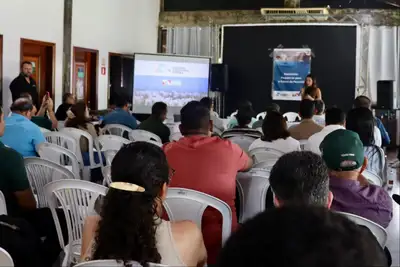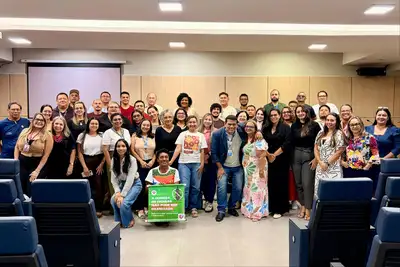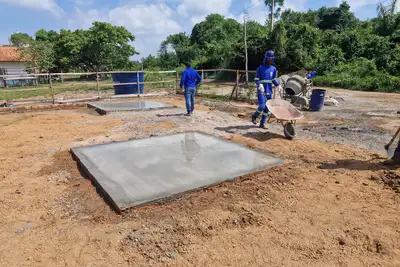Seap conducts inspection of equipment and firearms in prison units
The initiative aims to enhance the control and maintenance of the equipment used by prison officers, ensuring efficiency and risk prevention
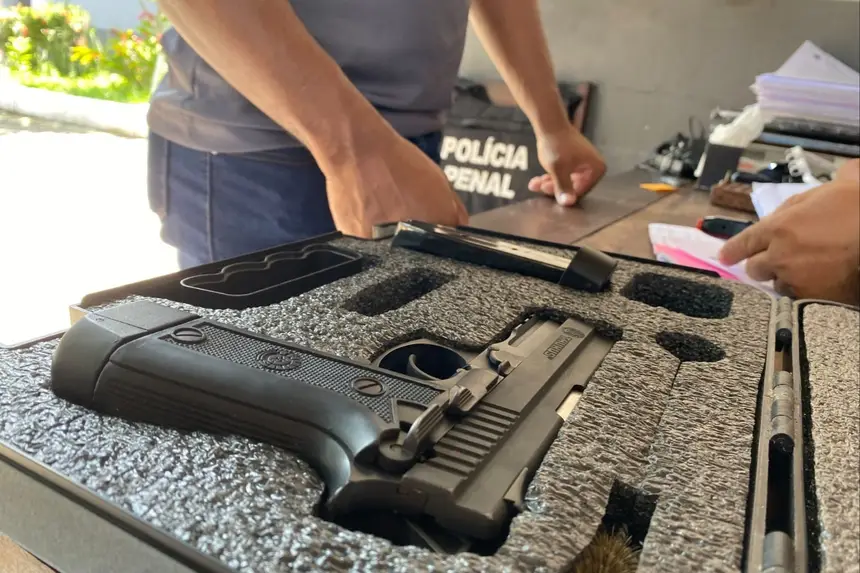
Focusing on organization and operational security, the State Secretariat for Penitentiary Administration (Seap) has initiated a rigorous cycle of inspection of firearms and personal equipment used by prison officers. The measure, coordinated by the Asset Management Department (GPAT), aims to ensure the maintenance, control, and efficiency of the military material, including weapons, vests, ammunition, and magazines, used daily in the State's prison units.
The first stage of the action took place this Thursday (23) at the Women's Custody and Reintegration Unit of Ananindeua (UCRF), where the equipment held by the officers was checked. The initiative reinforces Seap's commitment to the safety and appreciation of the work of prison officers.
According to the Deputy Secretary of Operational Management of Seap, Ringo Alex Rayol Frias, the inspection is part of a set of measures aimed at strengthening management and institutional security.
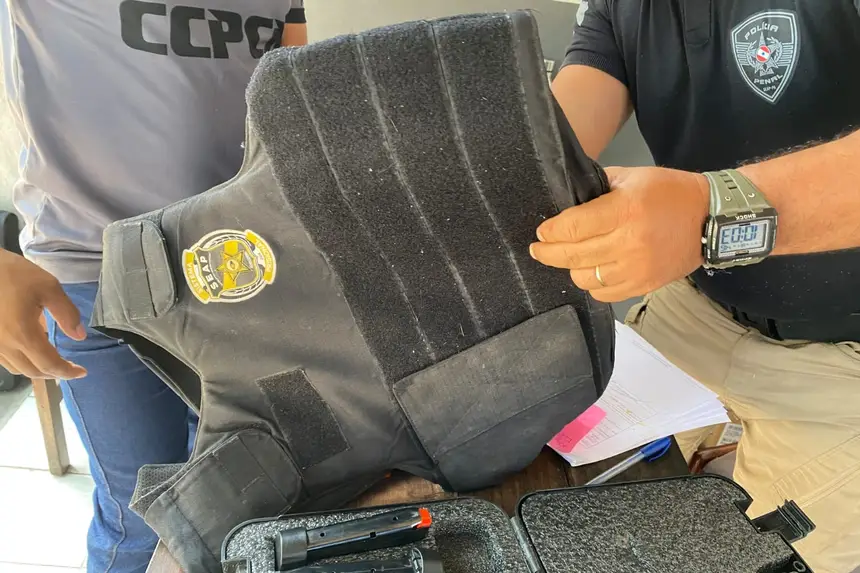
“The inspection of firearms is an essential measure to ensure institutional security and the integrity of our prison officers. This initiative reflects Seap's commitment to the efficiency of public management, the control of assets, and, above all, the appreciation of the officer who works on the front line. We are improving our processes to ensure that each piece of equipment is in perfect working condition, reinforcing trust and security inside and outside the prison units,” stated Ringo.
At GPAT, prison officer Ivanildo Cavalcante is one of those responsible for checking the equipment. He explains that each officer must present the material that has been assigned to them, such as firearms, magazines, ammunition, and individual ballistic vests.
Cavalcante details that during the inspection, the condition of the firearms, their proper functioning, and the correspondence of the ammunition with the registered lot are verified. He emphasizes that any inconsistencies are duly noted.
“If the prison officer received 30 rounds of ammunition, but he only came with ten, he brings an occurrence report stating the reason he fired that ammunition, or not, as he detects this shortage (of ammunition) and we note this observation about the shortage. We are also replacing expired vests; we do the exchange on the spot,” says Ivanildo.
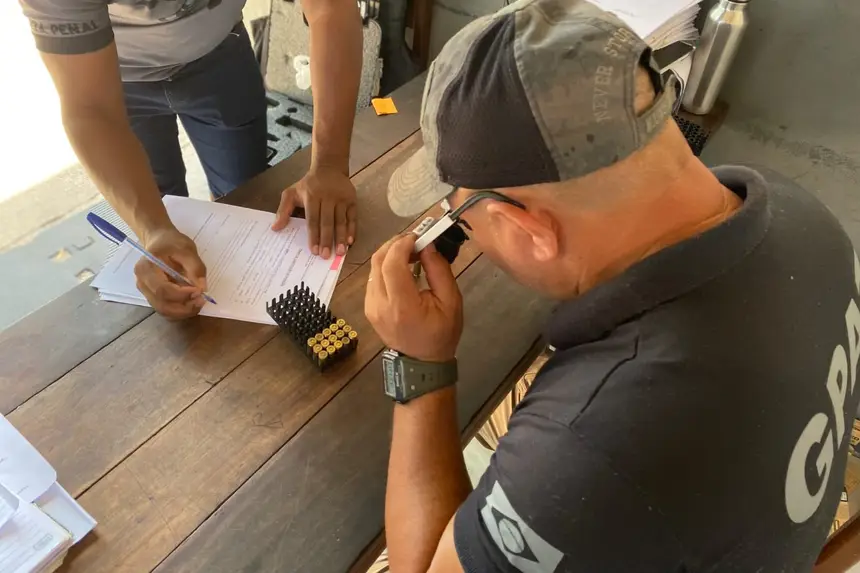
The officer emphasizes that the work of the Secretariat increases control and ensures more safety for the professionals. The procedure has already identified cases of defective firearms and expired vests, which could jeopardize the officer's integrity.
“We can identify failures in the firearms that the officer is using, which can pose a life risk to him. We managed to identify firearms that were issued to a prison officer, and the weapon was defective, and he didn't even know, and we were able to identify it. We can also identify expired vests that were issued in the past, which compromise the officer's safety, and this vest is automatically replaced,” stressed the officer.
In addition to ensuring safety, the inspection of the material also strengthens Seap's asset management. Ivanildo explains that before the implementation of the new control model, it was common for equipment to be relocated between units, making tracking difficult.
“We are organizing this material so that we can identify who it is with and where it is. This is how we are managing to organize this material,” detailed the officer.
Officer Carlos Eduardo, stationed at the Integrated Electronic Monitoring Center (Cime), also highlighted the relevance of the initiative. “This inspection is very important due to our military material, which may eventually be used. The importance of the secretariat is to aim for the replacement of our material, especially our ammunition. In case of an emergency, there is no failure due to lack of inspection, and that is what is important,” he highlighted.
Prison officer Rossyne, from the UCRF of Ananindeua, reinforced that the action represents direct care for the officer and the institution. “I think it is very important for the safety of the officer himself, with the care of the material that was delivered almost three years ago, and the responsibility for military material, both for the institution and for the prison units, this inspection is a matter of control. And not only as a way of conducting the inspection, of control, but also if there is any need for replacement, this is the right place. It is important; it is necessary to conduct this inspection periodically,” she concluded.
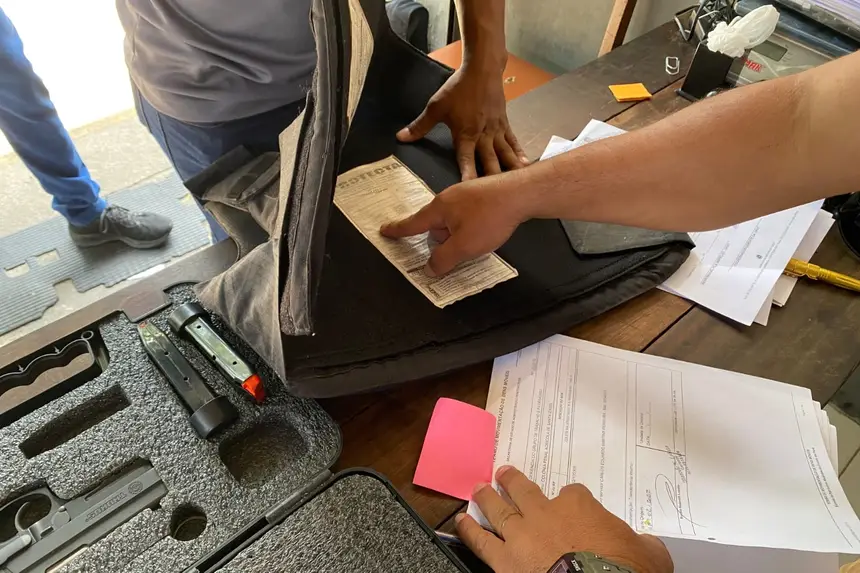
The inspection of firearms is yet another management measure by Seap that reinforces the concern for institutional security, the standardization of procedures, and the well-being of the officers who work on the front line of the penitentiary system.
The action coordinated by the Asset Management Department will be carried out in all units of the Metropolitan Region of Belém (RMB). The complete inspection of weapons, vests, and ammunition strengthens institutional security and ensures the proper functioning of the equipment used in prison activities.



